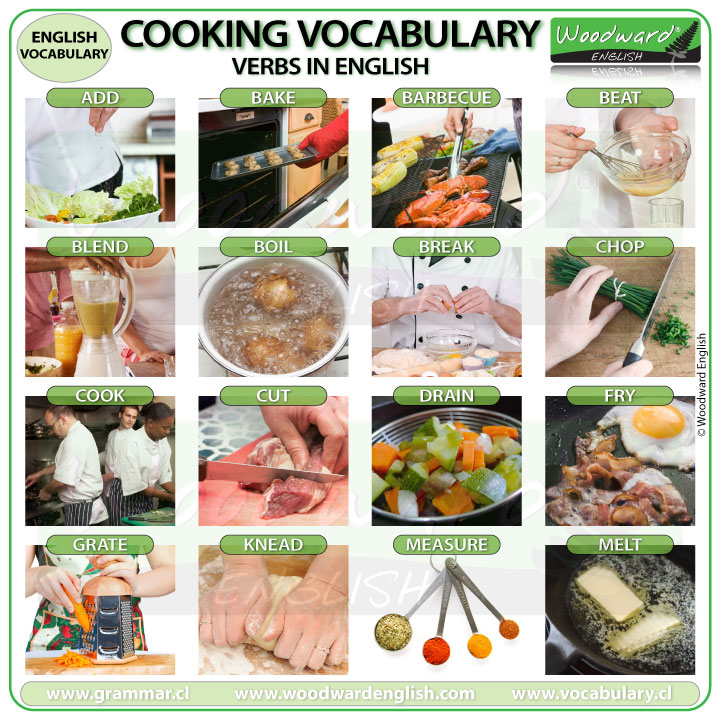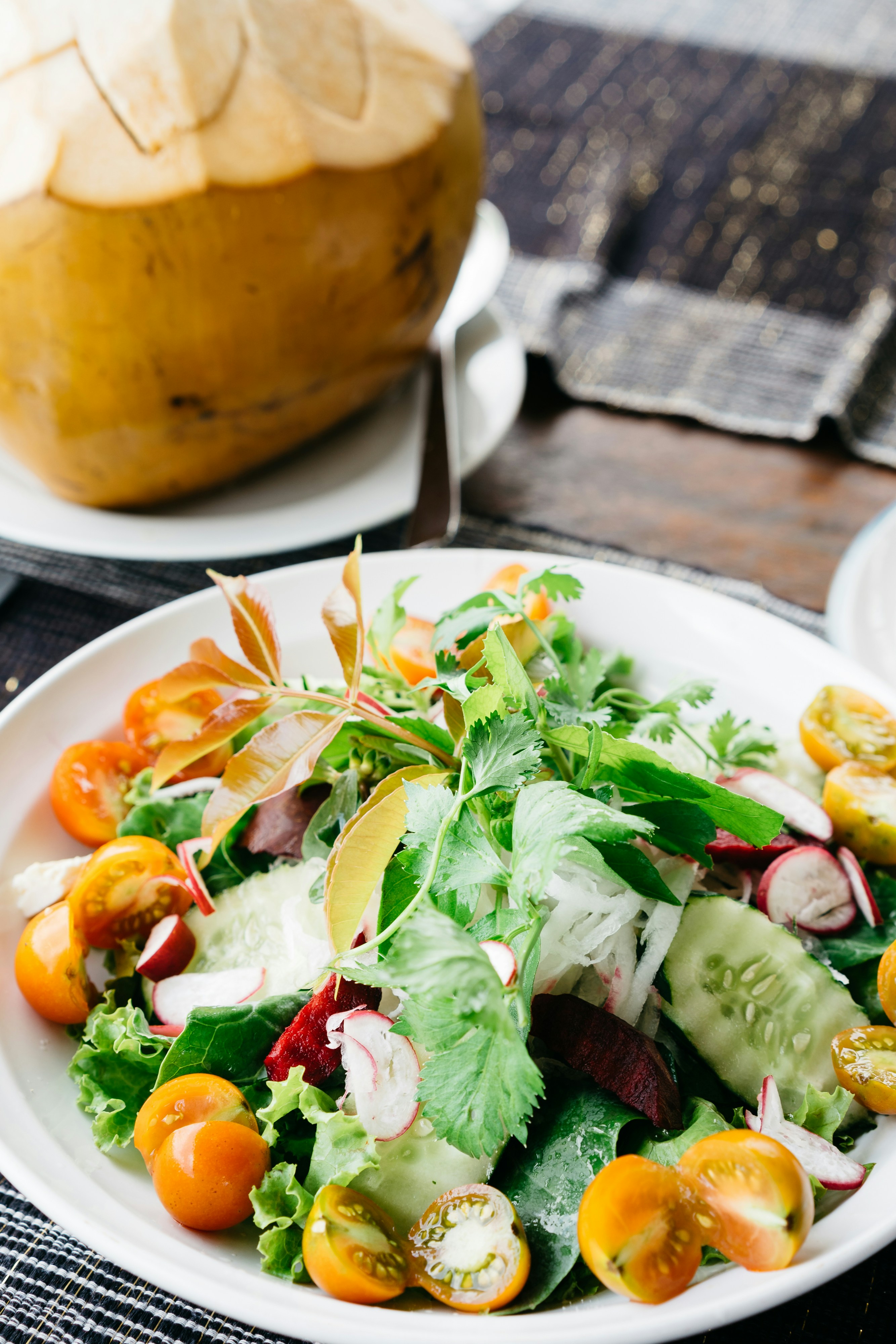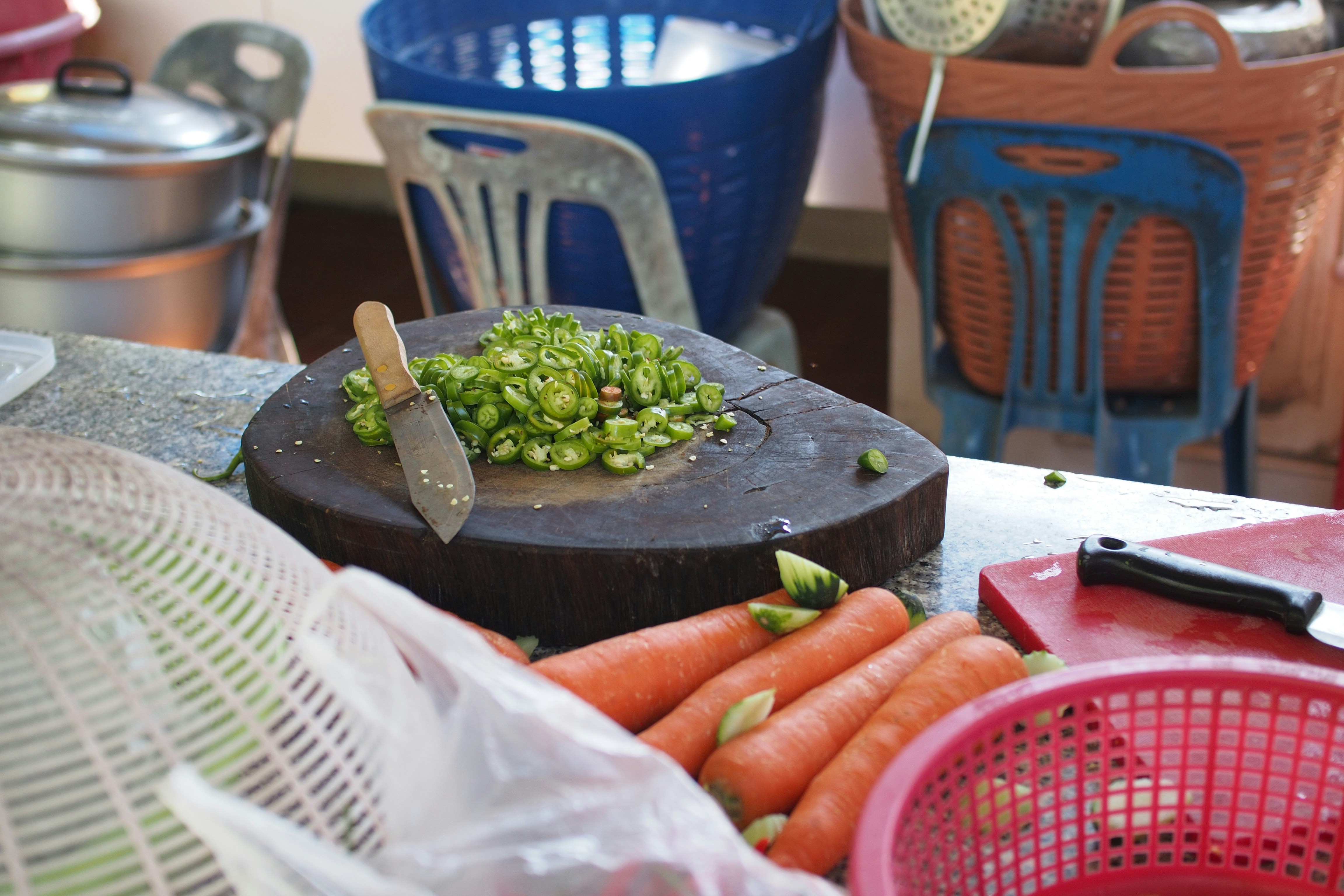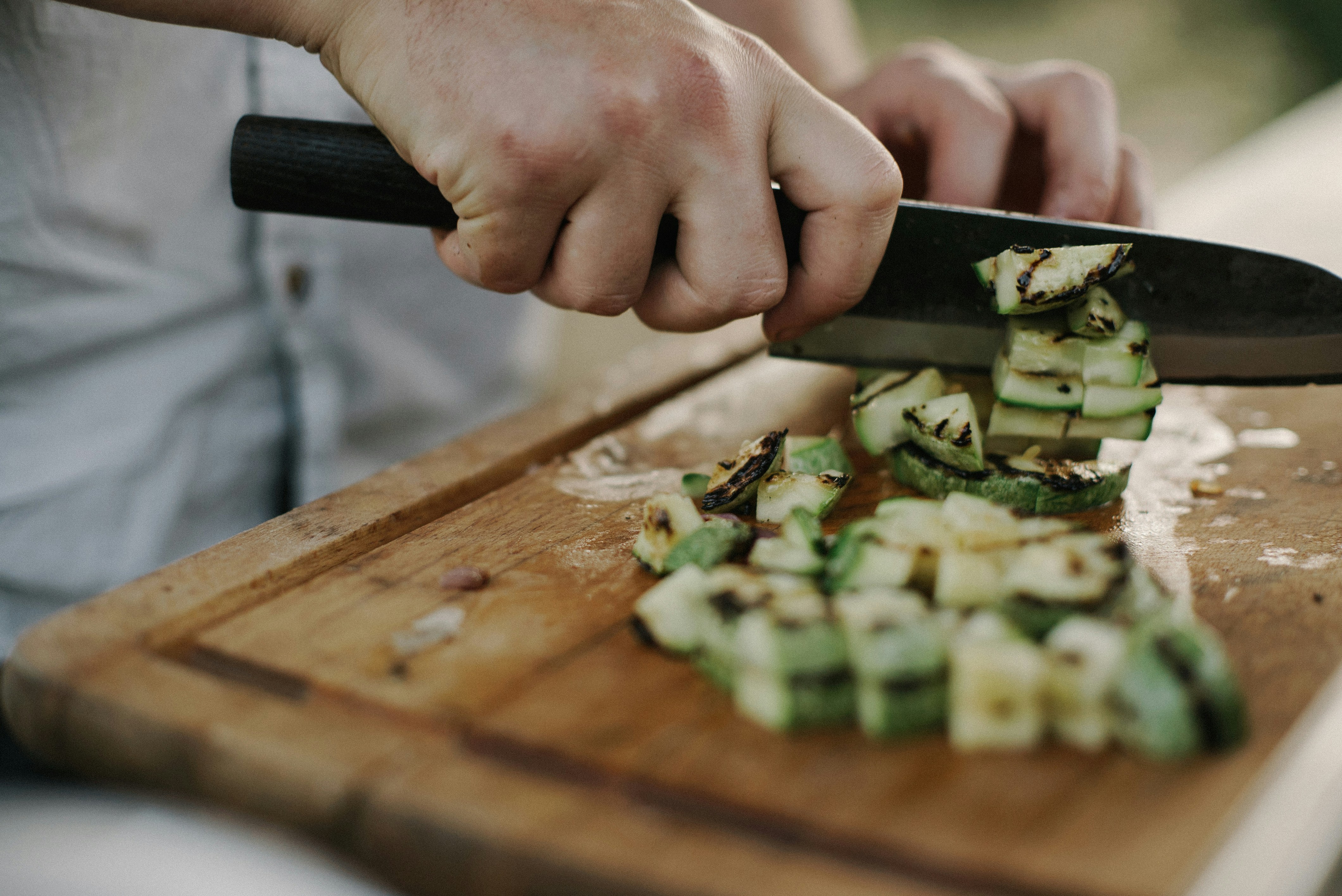Unique Cooking Gifts Terminology Starting With "B"
by Jose
Posted on 14-07-2020 12:58 AM

I know what you are thinking,†i thought this was a culinary guide for novice cooks and now you are throwing some fancy french terminology at us. â€all mise en place, pronounced (meez ahn plahs) or (mi zɑ̃ ˈplas), means is to have all your ingredients prepared and ready to go before you start cooking. Translated, “ to put in place. â€.

Cooking Terms Staring With "D"
Do you sometimes watch those gifts for cooking cooking coffee mug fun cooking gifts shows on the food network and get confused about the difference between braising and basting? what about poaching and parboiling? do you know the difference?
if these questions are stumping you then it’s time to take your cooking iq to the next level. Here are our simple explanations for cooking terms that are often used in recipes and cooking shows.

Where You'll See French Cooking Terms
Heavy double-sided paper with a nonstick surface used to line baking sheets. It is resistant to grease and moisture.
 Foods can be wrapped and steamed with it, and cooking food in this manner is called en papillote, the french term for "parchment. ".
Foods can be wrapped and steamed with it, and cooking food in this manner is called en papillote, the french term for "parchment. ".
Fruit | Vegetables | Meat and Fish | Other Food
Perishable items include fruits, vegetables, fresh fish and shellfish, fresh meats, poultry, and dairy products. As a rule, perishables are bought frequently to ensure freshness.

Food temperatures are reduced to below 0°c to decrease the activity of harmful bacteria. The process can be used to preserve the majority of foods including fruits, vegetables, meat, fish, and ready meals. Do you know the steps needed to produce frozen peas? check them out here !.
Literature Resources for Food & Nutrition
Label claims for food & dietary supplements menu and vending machine labeling gluten-free labeling of foods changes to the nutrition facts label nutrition labeling information for restaurants & retail establishments nutrition education resources & materials.
Food Resources for Health & Nutrition
Most foods we buy at the supermarket carry on their labels “nutritional factsâ€. We use them in order to guide ourselves in our diet, to stay healthy. But, what do those numbers have to do really with the stuff we have in front of us and with our stomachs? what “facts†do they help us establishing really? can nutritionism be regarded as a natural science on a par with – say – cell biology? for historians and philosophers of science, food is a fertile terrain of research because it raises basic questions regarding the validity of laws of nature (do we really know any law regarding metabolism?) and the structure of scientific research (who finances the studies on the nutritional facts you find on the labels?).
The book deep nutrition really delves in to the reasons for these traditional foods on a genetic level and provides some very compelling research. My recipe list contains many recipes that use these traditional ingredients and that contain beneficial fats for optimal health. My “ food rules †are my blueprint for helping kids adapt to and enjoy a healthier lifestyle.
First Known Use of cook
Ford, an accomplished baker who gained a sizable following through his instagram account and blog artisan bryan , is afro-honduran, grew up in new orleans, and now lives in miami. He noticed how narrow the idea of artisan bread had become, particularly with regards to naturally leavened breads. “most people think of sourdough as a tartine country loaf , a specific-looking bread that has specific ingredients,†ford told me. But that excludes most of the world’s rich history of bread. Indian dosas, ethiopian injera, and armenian lavash are all naturally leavened too, why don’t those fall into the popular definition of sourdough? for ford, sourdough also included many of the honduran breads he grew up on. “if you let a flour and water mixture sit long enough it will ferment—especially in a tropical climate,†ford writes in the introduction of his new cookbook new world sourdough. “a dense loaf of pan de coco is no less ‘sourdough’ than a crunchy bâtard with an open, light crumb. â€.
Al dente: italian term used to describe pasta that is cooked until it offers a slight resistance to the bite. Bake: to cook by dry heat, usually in the oven. Barbecue: usually used generally to refer to grilling done outdoors or over an open charcoal or wood fire. More specifically, barbecue refers to long,.
No need to be involved in a home economics or cooking courses to take advantage of this resource. Not only is there an explanation for how microwaves work but there are also tips for how to use the microwave, and cautions for what not to 6th - 12th health.
All acronyms. 2020. Cooking. Retrieved june 26, 2020, from https://www. Allacronyms. Com/cooking/abbreviations chicago all acronyms. 2020. "cooking". Https://www. Allacronyms. Com/cooking/abbreviations (accessed june 26, 2020). Harvard all acronyms. 2020. Cooking, all acronyms, viewed june 26, 2020, all acronyms. "cooking". 26 june 2020. Web. 26 june 2020. All acronyms. Cooking. Https://www. Allacronyms. Com/cooking/abbreviations. Published june 26, 2020. Accessed june 26, 2020. All acronyms. Cooking [internet]; jun 26, 2020 [cited 2020 jun 26]. Available from: https://www. Allacronyms. Com/cooking/abbreviations.
How does a pressure cooker work? a pressure cooker is a sealed pot with a valve that controls the steam pressure inside. As the pot heats up, the liquid inside forms steam, which raises the pressure in the pot. This high pressure steam has two major effects: raises the boiling point of the water in the pot. When cooking something wet, like a stew or steamed vegetables, the heat of your cooking is limited to the boiling point of water (212°f). But with the steam’s pressure now the boiling point can get as high as 250°f. This higher heat helps the food to cook faster.
Bake -to cook in an oven beat -to mix ingredients together using a fast, circular movement with a spoon, fork, whisk or mixer blend -to mix ingredients together gently with a spoon, fork, or until combined boil -to heat a food so that the liquid gets hot enough for bubbles to rise and break the surface.
Broth that has been made clear. Coulis a thick sauce usually made from one main ingredient, such as raspberry coulis. Court bouillon flavored liquid used for cooking fish. Crêpes very thin pancakes. Croquettes a mixture of potato with ground cooked meat, fish or poultry formed into balls, patties or other shapes and coated with a breading before frying.
Learn More about cook
We use cookies to enhance your experience. By registering to and using our site, you agree to our use of cookies. Learn more ok.
New in Food & Recipes
I’m pretty sure that by now, you would already have an idea about spanish food. If not, you can check out our articles about spanish cuisine: 20 spanish dishes for all seasons easy spanish recipes do you want to get a copy of this list? download it in pdf format by clicking the button below.
French Cooking Terms – Part 2
A la (ah lah) – it is french for “in the manner of,†“in the style of,†and “according to†in cooking, this phrase designates the style of preparation or a particular garnish. There is no difference between dishes listed as “a la boulangere†and “boulangere. †many menus drop the “a la†because it is implied.
First Known Use of cooking
Let’s check out some frequently used cooking verbs in english : to add – to put ingredients together; to put one ingredient with the others. To bake – to cook in an oven by using heat. To beat – to mix quickly and continually, commonly used with eggs. To blanch – to plunge tomatoes, nuts, etc. , into boiling water to loosen the skin. To plunge (meat, green vegetables, etc. ) in boiling water or bring to the boil in water in order to whiten, preserve the natural colour, or reduce or remove a bitter or salty taste.
Baking uses the oven just like broiling, except food is surrounded with heat. Air moves around inside the oven, which bakes the food. Baking is the slowest cooking method with dry heat. If you have a convection oven you may notice food bakes faster. This is because there are more fans to circulate the warm air inside the oven. Baking works well for meat dishes, like these green meatballs. Fish also bakes well topped with fresh vegetables and herbs like this mediterranean baked fish.
In cooking, there are some basic methods of cooking that are used. These commonly used basic cooking methods are divided into two general groups. The groups are: dry heat cookery methods and moist heat cookery methods. The methods of cooking are divided into these two groups because of the way food is cooked and the type of heat that is used.
One would assume that of the twenty-two previous newsletters that we have issued over the last three years, one of them would explain the fundamentals of the most important cooking technique for meat – roasting. Well, everyone knows what happens when you ass-u-me. To say this newsletter is long overdue is an understatement. For this article, we chained together our head butcher and our head chef, each a mastermind in their own right, for a period of time that seemed like an eternity. Below is the brilliant result – a lot of detail without giving any detail at all.
A mesh skimmer is a flat, sieve-like scoop or spoon used for skimming cooking liquids or lifting ripened cream from milk.
Frozen prepared food: cooking during frying, meats are cooked and desirable flavours created. Furthermore, the hot oil used in frying sears the surface of the meat, minimizing moisture loss during cooking. When meats are coated with breading material, frying is helpful in binding the batter. The oil retained in the… cooking, the act of using heat to prepare food for consumption. Cooking is as old as civilization itself, and observers have perceived it as both an art and a science. Its history sheds light on the very origins of human settlement, and its variety and traditions reflect unique social, cultural,….
This term is usually used in cooking pasta. It means to cook until tender but still slightly firm. Cooking in an oven or oven-type appliance. When meat is cooked uncovered it is generally referred to as roasting. Baste brushing food with liquid such as melted fat, meat drippings, fruit juice, sauce, marinade, or water during cooking to moisten. Basting adds flavour and prevents surfaces of food from drying out.
Cooking food by conduction and convection in bubbling liquid(100degrees c) on the hob simmering cooking food in liquid at 90 degrees c cooking food gently in water slightly below simmering - 85 degrees c stewing a slow method of cooking food by conduction and convection,using gentle heat in a liquid on the hob or in the oven.
Induction technology has been put to use in cooking since the early 1900s; however, it only gained mainstream consideration in america in the past few decades. Manufacturers are now working to produce more cost and energy efficient models, which are gaining popularity all over the world. Induction cooktops heat pots and pans directly, instead of using an electric or gas-heated element. It boils water up to 50 percent faster than gas or electric*, and maintains a consistent and precise temperature. The surface stays relatively cool so spills, splatters and occasional boil-overs don't burn onto the cooktop, making clean-up quick and easy.
Moist cooking methods are those methods that use a hot liquid to cook food. That liquid can be water, broth, wine or juice. Unlike dry cooking methods like roasting or baking, which use hot air to cook food, moist cooking methods preserve and even add moisture to the food as it is cooking. This property makes these cooking methods especially appropriate for food that needs softening, for example, hard vegetables, tough meat or dry grains and beans.
Hot liquid candy being poured into candy molds by a candymaker hamburgers cooking on a charbroiler candy making – the preparation of candies and sugar confections made by dissolving sugar in water or milk to form a syrup , which is boiled until it reaches the desired concentration or starts to caramelize.
1. To prepare (food) by the use of heat, as by boiling, baking, or roasting. 2. To subject (anything) to the application of heat. 3. Slang. To ruin; spoil. 4. Informal. To falsify, as accounts: to cook the books. V. I. 5. To prepare food by the use of heat. 6. (of food) to undergo cooking. 7. Informal. To take place or develop: what's cooking?.
Britannica english: translation of cooking for arabic speakers comments on.
Search
Categories
- Songwriter
- Resident Care
- Retirement
- Runner
- Sailor
- Helmsman
- Grammar Police
- Flight Attendant
- Fisher
- Entertainer
- Editor
- Daily Nutritinionist Facts
- Cyber Security
- Crusader
- Criminology
- Coworker
- Clinical Specialist
- Clinical
- Optometrist
- Logistician
- Magistrate
- Manicurist
- Marines
- Marketer
- Occupation
- Observer
- Officer
- Oncologist
- Painter
- Lifeguard
- Infopreneur
- Nanny
- Cartographer
- Expediter
- ESL Teacher
- Comedian
- Estimator
- Flagger
- Discjokey
- Driving
- Electrologist
- Fumigator
- Erector
- Driller
- Educator
- Dressmaker
- Forensic
- Legislator
- Harvester
- Cooker
- Inspector
- Hacker
- Civil Law
- Employer
- Enologist
- Endocrinologist
- Freelancer
- Enrobing
- Fabricator
- Forecaster
- Clown
- Criminologist
- Collector
- Docent
- Concierge
- Conservator
- Digger
- Dishwasher
- Drafter
- Donor
- Controller
- Communication
- Compounder
- Civil
- Clone
- Doctor
- Cinematographer
- Chiropractor
- Rugger
- Bailbondsman
- Jailer
- Deckhand
- Bellman
- Social Worker
- Babysitter
- Reporter
- Trainer
- Agent
- Embroiderer
- Sociologist
- Pharmacist
- Paramedic
- Insurance
- Teller
- Actuary
- Bailiff
- Coordinator
- Carpenter
- Cleaner
- Academic Dean
- Judge
- Boilermaker
- Clerk
- Apprentice
- Secretary
- Author
- Embalmer
- Hiker
- Cooking
- Deputy Sheriff
- Landscaper
- Photographer
- Pediatrician
- Pilot
- Teacher
- Archivist
- Toolmaker
- Singer
- Racer
- Accounting
- Mentor
- Vice President
- Detective
- Waiter
- Florist
- Broker
- Consultant
- Geographer
- Adjuster
- Auctioneer
- Researcher
- Cardiologist
- Marketing
- Interviewer
- Custodian
- Curator
- Caretaker
- Butcher
- Martial Arts
- Ghostbuster
- Mayor
- Machinist
- Innkeeper
- Mediator
- Conductor
- Demonstrator
- Programmer
- Cabinet Maker
- Planner
- Patient
- Copywriter
- Mechanic
- Surfer
- Employee
- Tour Guide
- Fisherman
- Surveyor
- Manager
- Supervisor
- Appraiser
- Police
- Filmmaker
- Woodworker
- Lecturer
- Inventor
- Liaison Officer
- Laborer
- Translator
- Janitor
- Tailor
- Debater
- Climber
- Politician
- Journalist
- Dietitian
- Firefighter
- Adjudicator
- Producer
- Housekeeper
- Entrepreneur
- Bartender
- Barista
- Hairstylist
- Banker
- Baker
- Electrician
- Therapist
- Astronaut
- Professor
- Architect
- Announcer
- Veterinarian
- Scientist
- Investigator
- Dispatcher
- Creative Writing
- Engineer
- Librarian
- Wanker
- Psychology
- Lieutenant
- Realtor
- Pastor
- Biker
- Nutrition
- Dancer
- Musician
- Gardener
- Farmer
- Counselor
- Boss
- Director
- Dentist
- Lawyer
- Nurse
- Accountant
- Coach
- Advisor
- Beekeeper
- Administrator